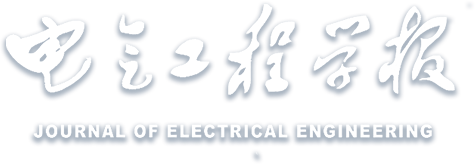Abstract:
Machine vibration can be classified into ventilation vibration, mechanical vibration and electromagnetic vibration according to the sources, among which electromagnetic vibration induced by the electromagnetic force acting on the ferromagnetic material is the most prominent component. During the analysis, the vibration responses can be considered as superposition results of each modal modes excited by the electromagnetic force. Therefore, electromagnetic vibration analysis requires analyses of both electromagnetic force and modal modes. Pertinent investigations of the electromagnetic vibration of the electrical machines are introduced, including the investigations of the electromagnetic force harmonics in different types of machines, relevant researches on the electromagnetic force, investigation methods of modal analysis, investigations of electrical machines’ electromagnetic vibration and their optimization, and the pros and cons of each method. At last, outlook for the future investigation is given.


 下载:
下载: